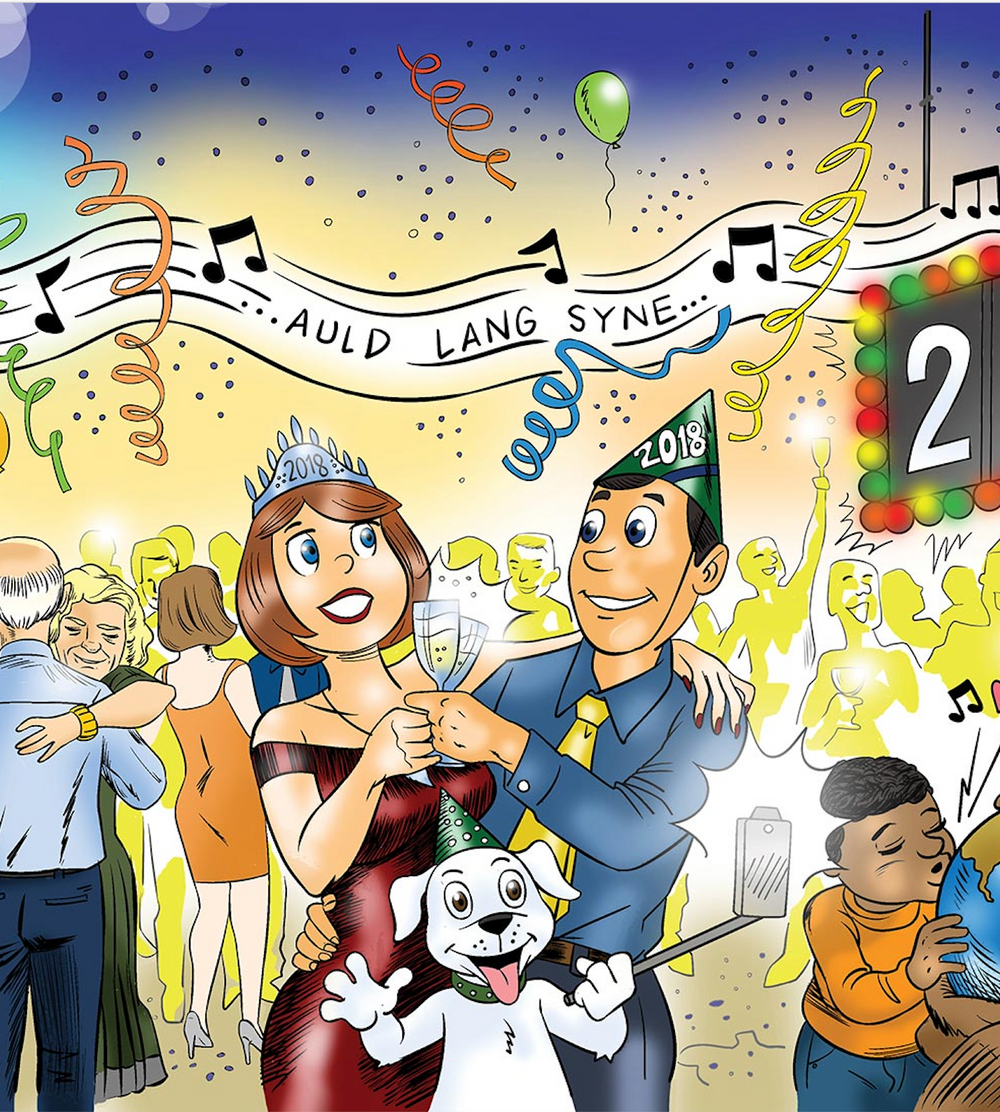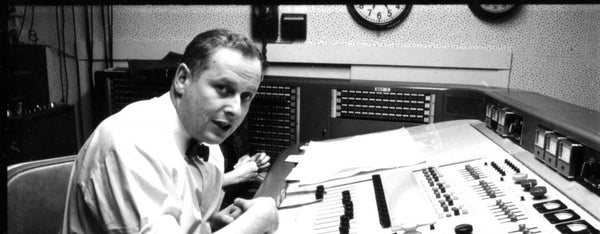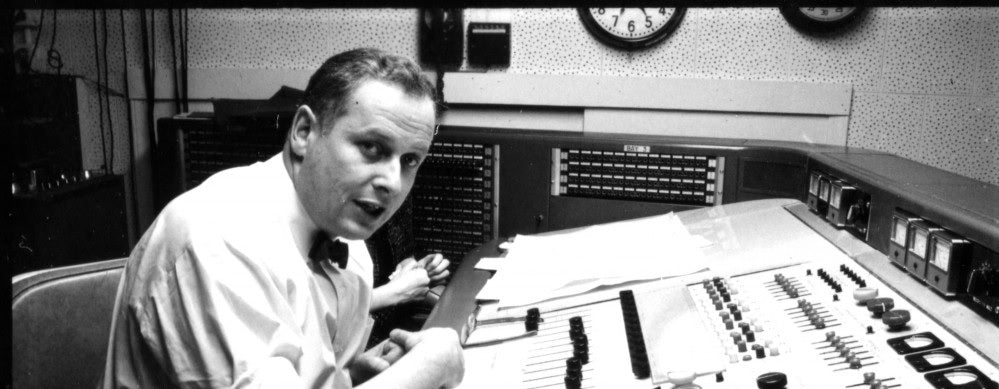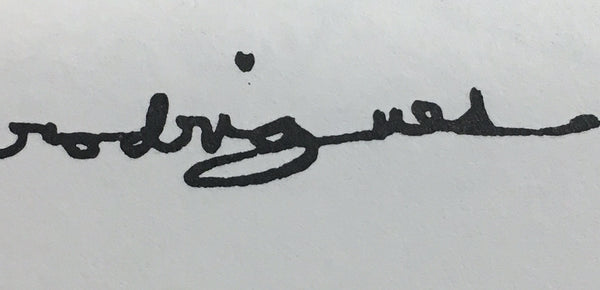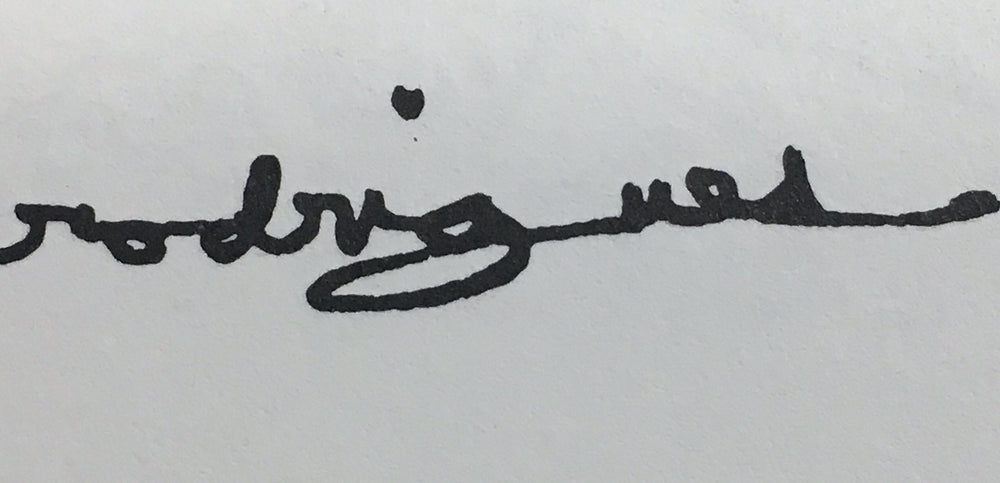Both the Beatles & The Rolling Stones released 2 albums in 1967.
For the purpose of this face off (and because I, alone, make the rules) we are only dealing with the Beatles’ Sgt. Pepper’s Lonely Hearts Club Band (known hereafter as SPLCB) and the Rolling Stones’ Their Satanic Majesties Request (known hereafter as TSMR).
The Stones released Between the Buttons in January of ‘67, and it’s very much an album with a 1966 vibe.
The Beatles technically released Magical Mystery Tour in late December ‘67 but it didn’t enter the Billboard charts until january 1968.
With nowhere near the hype and fanfare of the 50th anniversary release of SPLHCB, ABKCO, the Stones catalog label, felt that TSMR deserved the same kind of attention to detail and historical analysis with an extensive (and expansive) anniversary package aimed right at the heart of Stones completists such as myself.
With the Beatles 50th anniversary re-release of SPLHCB, EMI (and Apple), knowing how important this anniversary was and fully understanding the demand of their audience, created many different configurations and options to satisfy fans and collectors alike and offered increasingly more expensive packaging configurations, depending on how much you wanted to spend to get into the minutiae of Beatles SPLHCB music:
On Vinyl, the package includes the 2017 stereo re-mix plus a full album of selected alternate mixes in correct song order. The CD versions are stand-alone or deluxe packages of new remix, original mono version plus 2 discs of alternate tracks from the album at various stages of development plus Blu-ray and multi-channel music options.
With The Stones—the ABKCO package for TSMR, while impressive, just gives one option in a single deluxe package.
You get a total of 4 items: 2 vinyl album versions, one stereo, one mono (not re-mixed) and 2 CDs, one stereo, one mono— both however in hybrid SACD.
The Beatles have never been released in SACD. EMI are not believers in the format but have released the entire Beatles catalog in FLAC on a USB stick.
This audio comparison between SACD and FLAC may, one day, be the subject of another article. Suffice to say, as I have the capabilities to play music in many formats in my home studio, I will tell you that if you are a Stones fan and have as SACD player, ABKCO has done the Stones a great service by releasing their music this way.
How that relates to this article will become apparent.
I have very distinct memories in 1967 of the first time I heard both albums. I heard SPLHCB with a large group of friends on June 2nd 1967. I probably played it 100 times that summer and a couple of hundred times afterward.
Such was, and remains, the importance of that album in my life and millions of others around the world.
In December 1967 I was in the East Village in NYC visiting a friend who lived on 10th st & Ave A. There was a head shop around the corner from his apartment and it was there that I bought TSMR on Saturday December 9th. Unlike the release of SPLHCB in which all the record stores and radio stations blared the release date for weeks, the release of TSMR was a complete surprise. I also bought Cream’s Disraeli Gears at the same time. I did not play these albums at my friends house as his record player was not as good as mine, so I waited until I got home later that night.
So, here then was the difference between the two albums (SPLHCB & TSMR) at the time.
First off, in June 1967 I had yet to smoke weed so I listened to SPLHCB totally straight until September when I started getting high.
Many of the songs on the album, especially “Within You, Without You” and “A Day In The Life” took on a much greater perceived heaviness and significance when stoned a couple of months later in the fall of ‘67.
I listened to the TSMR album totally wrecked from the onset.
The Rolling Stones, Their Satanic Majesties Request

At first I was impressed by the trippiness and scattered nature of the music but that lasted a very short time and soon it just went into rotation with all the rest of the incredible releases from that year.
Why?
Because, quite simply. It was not a Stones album to me.
There was no blues. Anywhere.
First the cover….really? Trippy in 3D and they had to put the Beatles heads-slightly hidden- on it (after the Beatles put “Welcome The Rolling Stones” on the cover of SPLHCB) and…wear costumes? (Jagger in a magician’s hat??)
Then the music: Parts of it sounded like the Kinks (“2000 man”) The Moody Blues (“2000 Light Years from Home”), Pink Floyd (“In Another Land”).
It was way too disjointed and seemed like a desperate attempt to try to keep up with the entire psychedelic music scene and of course, their seeming nemesis, the Beatles.
I listened to it enough at the time to decide that it wasn’t worth my time in later years to go back.
Until now…
I was so intrigued over ABKCO’s decision to deluxe market the album that I bought it.
Well, Now I get it. I get it in ways that only time helped to put in perspective.
There is a booklet in the package and the stories about the making of the album and the bands observations are actually priceless.
While the press at the time created the fiction the the Beatles and Stones were bitter rivals, the truth was that they were very close, especially in 1967 when they were frequently at each others recording sessions. Mick, Keith and Brian played and sang on various Beatle tracks and John & Paul sang backup on some Stones songs.
Yes, they were competitive, but the Beatles had the enormous advantage of better timing. Sgt. Pepper came out and ushered in the Summer Of Love, bright, sunny and with songs like “With A Little Help From My Friends” and “When I’m Sixty Four” in short, very Beatle-y and very poppy sounding.
TSMR came out in the winter. It was dark, cold and the band themselves had not only spent the better part of ‘67 trying to make a follow up to Between the Buttons, but members were arrested and their lives were as disjointed as the album now appears. There really wasn’t continuity to the recording process, hence the scattered nature of the music and the drug combinations went past LSD and weed and ventured into heroin, which only enhanced the darkness and foreboding nature of the final product.
And now, in 2017, after listening to the re-mix of SPLHCB about 50 times over the last 2 months I had the opportunity to finally settle down to listen to TSMR (in SACD) and possibly re-evaluate my reaction to it.
First disclosure, there was no weed (ok, maybe a non-opioid prescription drug or two, hey i’m 65) involved in this relistening.
Here is the first big insight:
Even though SPLHCB had no official single released to promote the album, there was much for the newly minted FM free-form radio stations to play.
The title track going into “A Little Help From My Friends”, “Lucy In The Sky, With Diamonds”, “She’s Leaving Home” and “A Day In The Life” ruled the FM airwaves
On TSMR, not only did I have no clear memory if any of the songs were played much on radio, the commercial nature of the album was not then (nor now, for that matter) apparent.
Strange, as the Beatles and Stones seemed to at least compete with each other for hit radio dominance.
Probably thanks to George Martin, who always seemed to be the creative cartilage between the Beatles and EMI, the band’s corporate entity, The Beatles always had to have a commercial target to aim for. The Stones, on the other hand, had their manager and producer Andrew Loog Oldham to keep them focused.
Interesting then that TSMR was the first album produced by Mick & Keith after the firing of ALO.
This could have been kind of like the inmates running the asylum.
But was it?
The most commercial songs (actually released as singles) on TSMR were the Bill Wyman written (and sung) “In Another Land” (Very Syd Barrett/Floyd sounding during the verses) and “She’s a Rainbow” which, along with “2000 Man” and “The Lantern” could have easily worked on Beggars Banquet.
Songs like “Citadel” and “2000 Light Years From Home” are, in retrospect, great, classic Stones track.
This leaves the opener “Why Don’t We Sing This Song All Together”, “Sing This All Together (see what happens)” “Gomper” (A boring and indulgent attempt at to evoke the eastern influenced “Within You, Without You”) and “On With The Show” as silly experiments & bookends.
That makes 6 out of 10 tracks that truly can stand alongside almost anything they ever created and, in the final analysis, I find the album does hold together much better then I remembered. I have had it on repeat for the last week.
Also here is where SACD comes in. If you are lucky enough to have this capability on your CD player, the sounds originally recorded are much fuller and realized or remembered. I found the production of TSMR remarkably sophisticated for being Mick & Keith’s first production outing.
Because of the very, very trippy 3D cover, 5 absolute classic songs: “The Lantern”, “In Another Land”, “2000 light Years From Home”, “Citadel”, and “She’s A Rainbow”, I give it a Psychedelic Factor: 8 out of 10. Not dated sounding at all.
The Beatles, Sgt. Pepper’s Lonely Hearts Club Band

We all know the story of the production of SPLHCB.
The new SPLHCB re-mix is outstanding.
The album has also been analyzed to death and most of the readers here have already decided where in the world SPLHCB stands in their collective craniums.
In short, it is the greatest pop/psychedelic album ever made.
But is it the best overall?
When analyzing SPLHCB for me, in 2017, the question remains:
How many great tracks are there?
To me, the only track I really don’t care for, (and one which almost no one ever mentions) is “Good Morning”.
And so, now with both albums freshly minted and re-released in 2017 I can say that, while SPLHCB deserves all the accolades it has received, the Rolling Stones, under tremendous pressure of both external and internal forces, arose to the occasion with TSMR, and, shedding their blues roots for the only time, came surprisingly close, after much re-listening, in my opinion, to a masterpiece.
So then, how should we look at these two albums, now 50 years later and with all the perspective that comes with time?
In the case of the Beatles SPLHCB, its release upended the music business (as they had a habit of doing!) and set a bar so high that they may have equalled it (Revolver, Abbey Road) but never surpassed it.
Sgt. Pepper remains their greatest perceived artistic statement by the greatest pop/rock band on earth
Because, well where do I begin? The amazing cover? The songs? The timing of the release as the entry point of the “Summer OF Love”, The sheer unified international swoon over all the hidden meanings like LSD (Lucy in the Sky with Diamonds)? The majesty of the end of “A Day In The Life”, The sheer beauty of “She’s Leaving Home”, all the new (read backward tapes) sounds, The new 2017 remix… etc. etc. etc.
I give Sgt. Pepper a Psychedelic Factor: 9.9 out of 10.
As for The Stones, having then gotten psychedelics out of their system, they went back to basics and over the next 4 years and released, in succession, 4 of the most consistently incredible albums in the history of blues-based Rock ‘n’ Roll: Beggars Banquet, Let It Bleed, Sticky Fingers, and Exile On Main Street.
Can there be a 10/10?
There are only 2 albums left to this face-off…
Next issue, I will riff on the final 2 contestants and the verdict between:
—Cream’s Disraeli Gears
—Pink Floyd’s Piper At The Gates Of Dawn.


